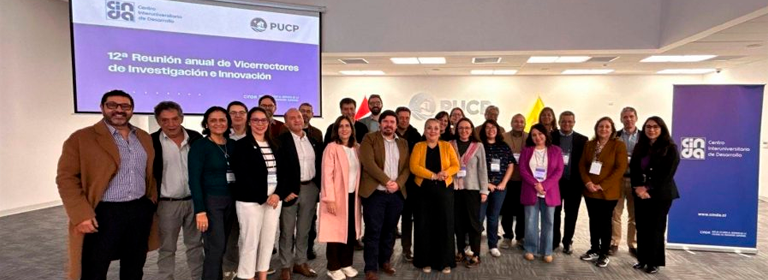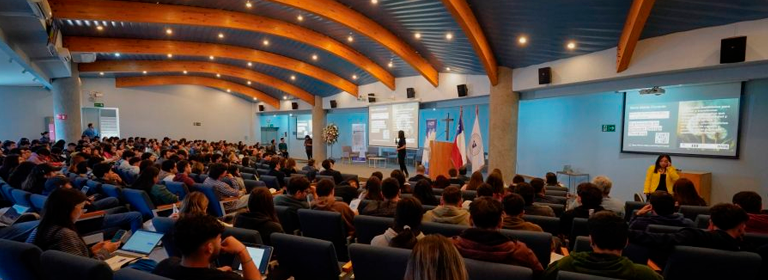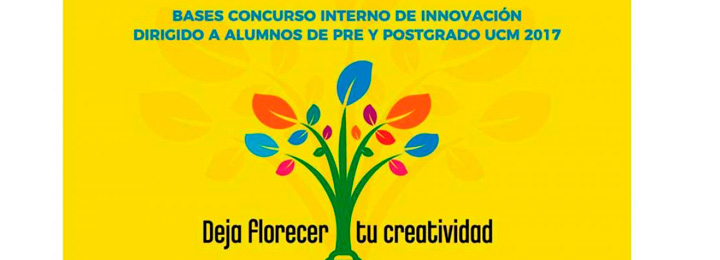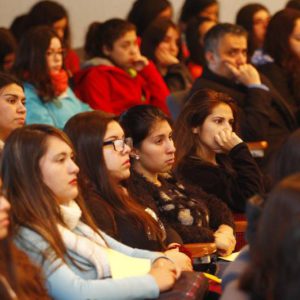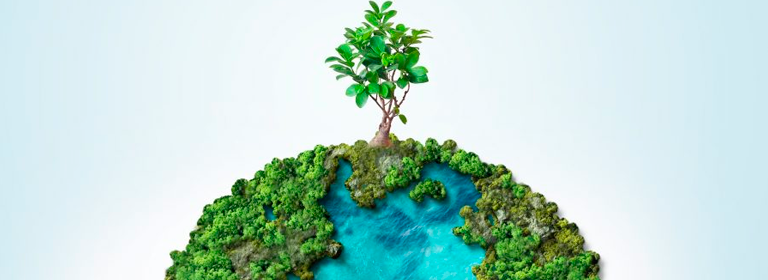At a conference in Lima, Peru, over 20 higher education institutions proposed strategies to address artistic creation from the academy setting
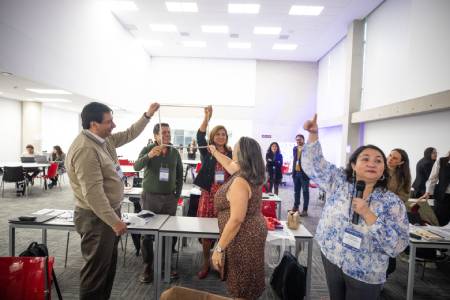 Do creative creations -such as visual art, music and plays- meet the parameters to be classified as research? The question corresponds to one of the major dilemmas addressed by the annual meeting of vice-rectors of universities in Latin America, the Caribbean and Europe, which took place in Lima, Peru.
Do creative creations -such as visual art, music and plays- meet the parameters to be classified as research? The question corresponds to one of the major dilemmas addressed by the annual meeting of vice-rectors of universities in Latin America, the Caribbean and Europe, which took place in Lima, Peru.
“The results of this meeting were to reaffirm the commitment that each of our universities has with collaborative networking (…), but also to incorporate another component, which in general the vice-rectors’ offices for research had not seen, which has to do with artistic creation; how to contribute to this empowering our institutions and how to generate articulations and synergy between the universities of the different countries,” said Alejandra Silva, director of the University Policy and Management Program of the Inter-University Development Center (CINDA, in Spanish), which organized the event.
The creative work -as recognized by the participants from 24 campuses- promotes the diversity of forms of research and cooperation between the sciences, arts and humanities.
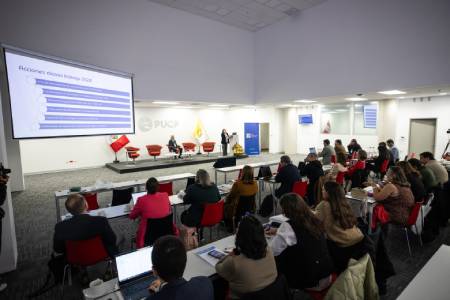 “The main dilemma is how to value the creation of knowledge in the artistic and humanities fields, or how to establish an equivalence in the academic hierarchies when we are faced with a researcher in the natural sciences versus a creator in the artistic field,” said the Vice Rector for Research and Postgraduate Studies of the Universidad Católica del Maule, Hernán Maureira, after attending the conference, now in its twelfth year.
“The main dilemma is how to value the creation of knowledge in the artistic and humanities fields, or how to establish an equivalence in the academic hierarchies when we are faced with a researcher in the natural sciences versus a creator in the artistic field,” said the Vice Rector for Research and Postgraduate Studies of the Universidad Católica del Maule, Hernán Maureira, after attending the conference, now in its twelfth year.
“It is a very relevant aspect -he said- because it summons us to recover what the university was in its origins and which it lost because of this vision of the prevailing model and of scientific productivity, which gives more importance to science in classical terms and to the laboratory. In my case, more than the valuation or metrics for artistic creation, it transcends the fact of recovering those substantive functions of the university”.
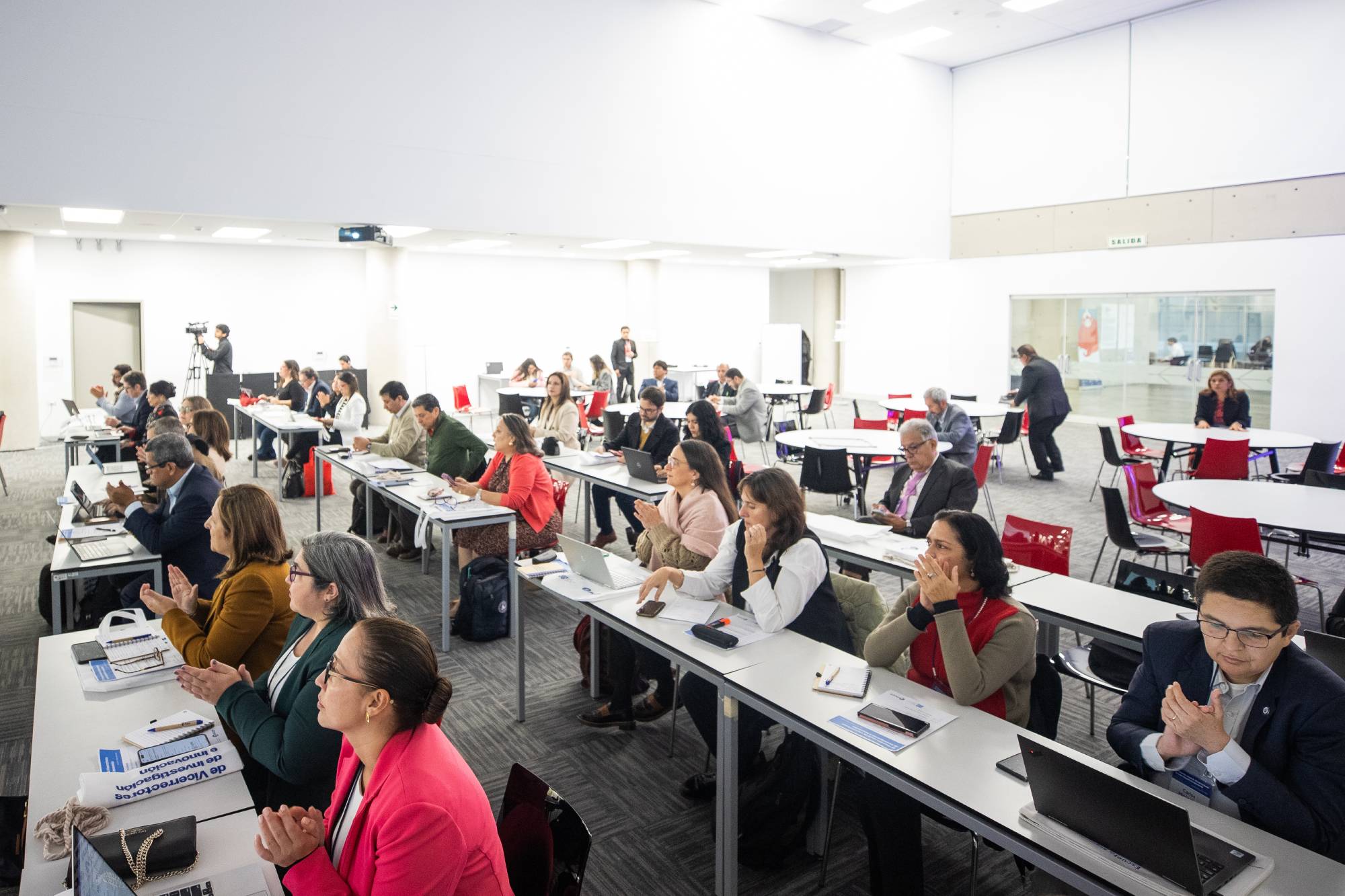 Commitment to scientific integrity
Commitment to scientific integrity
Another focus of the meeting was integrity in research, and how “productivity practices have distorted the most genuine research and scientific function, such as paying for publications to achieve better indicators,” said Maureira.
Such manuscripts, which appear in predatory journals, also known as “fake journals”, do not go through basic editorial processes or quality procedures.
“It was agreed to advance in the construction of databases that report on predatory journals and other types of events that refer to the use of scientific productivity. Likewise, we agreed to generate training initiatives in integrity for new researchers and, finally, to call for a selection of good practices carried out by universities in this area,” Silva emphasized.

